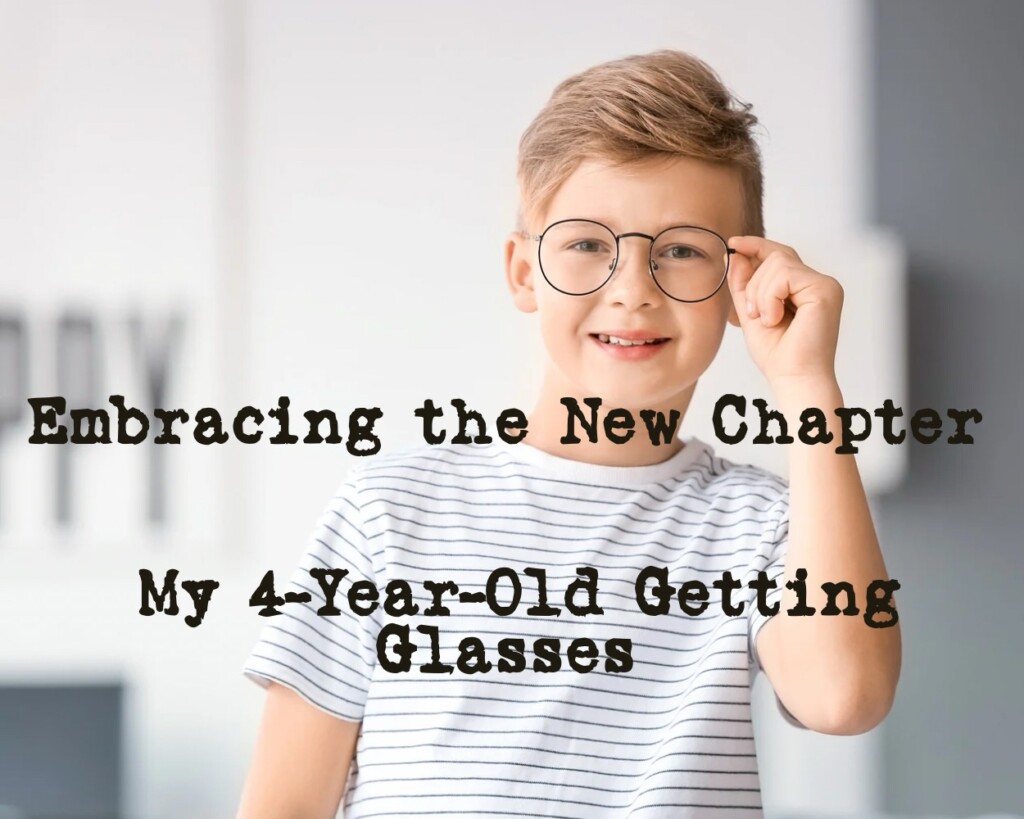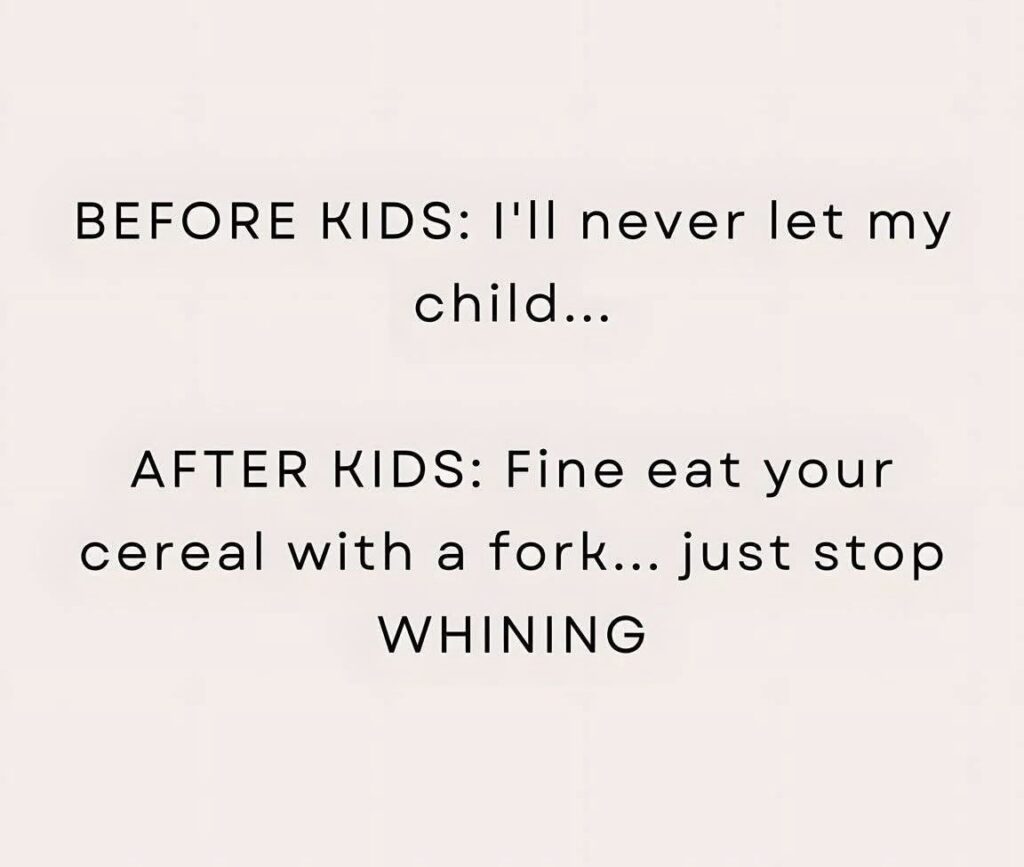Discovering that your child needs glasses at a young age can stir a mix of emotions. As a parent, it’s natural to want the best for your child and to hope for a life free of challenges. Learning that your four-year-old’s vision isn’t perfect might feel like a setback, but it’s a common and manageable situation. Let’s explore these feelings and the journey ahead.

Understanding the Emotions
The Desire for Perfection
It’s common for parents to dream of perfection for their children. When something like the need for glasses arises, it can feel like a deviation from that ideal. However, it’s important to remember that perfection is a myth, and every child is unique in their way.
Feeling of Guilt
As a parent, you might feel responsible or worry that you could have done something differently. It’s crucial to understand that vision issues are often natural and not caused by anything within your control.
The Benefits of Early Intervention
Improved Vision
Getting glasses will significantly improve your child’s vision. This can lead to better learning experiences, more engagement in activities, and overall improved quality of life.
Adaptability of Young Children
Children are incredibly adaptable. At four years old, your child will likely adjust quickly to wearing glasses and may even enjoy choosing their frames and seeing the world more clearly.
Changing Perspectives
Glasses as a Normal Part of Life
Glasses are a common and normal part of many people’s lives. They are not a flaw but a tool to enhance vision. Many successful, creative, and influential people wear glasses.
Focusing on the Positive
Instead of seeing glasses as a limitation, view them as a positive step towards ensuring your child’s vision is corrected early on. This proactive approach can prevent further vision problems in the future.

Supporting Your Child
Choosing Fun and Comfortable Frames
Make the process of getting glasses fun. Let your child pick out their frames and turn it into an exciting adventure.
Educating About Glasses
Teach your child about the importance of wearing glasses and how they help. Read books or watch shows where characters wear glasses to normalize the experience.
Building Confidence
Encourage and reassure your child. Celebrate this new phase and boost their confidence by showing them how great they look with their new glasses.
Enhancing Comfort and Security: The Role of MOLDERP Glasses Ear Grip
When your child is adjusting to life with glasses, ensuring their comfort and the security of the eyewear is paramount. This is where products like the 🌟 MOLDERP Glasses Ear Grip 🌟 come into play. These silicone anti-slip holders are designed to make wearing glasses a more pleasant experience, especially for active children.
Features and Benefits
- Increased Comfort: The MOLDERP Glasses Ear Grip is made from soft silicone, which reduces the pressure behind the ears. This is particularly beneficial for children who might find the new sensation of wearing glasses a bit uncomfortable at first.
- Secure Fit: Active children can sometimes find their glasses slipping off, especially during play or sports. These ear grips ensure that the glasses stay securely in place, reducing the risk of them falling off and getting damaged.
- Versatility: This product is suitable for both kids and adults, making it a versatile option for anyone in the family who wears glasses. It’s particularly useful for sports or high-movement activities.
- Variety of Colors: The MOLDERP Glasses Ear Grip comes in multiple colors, allowing your child to personalize their glasses to match their style or mood. This can make the experience of wearing glasses more fun and enjoyable.
- Easy to Use: These ear grips are easy to attach to the majority of eyeglass frames. Their flexibility and durability make them a practical addition to any pair of glasses.
Encouraging Independence and Confidence
Using products like the MOLDERP Glasses Ear Grip can also play a role in helping your child feel more independent and confident in their glasses. Knowing that their glasses will stay in place can make them feel more secure, especially when they are engaging in activities they love. It also teaches them to take responsibility for their eyewear, instilling a sense of pride and care.
The transition to wearing glasses can be made smoother and more comfortable with the right accessories. The MOLDERP Glasses Ear Grip is an excellent tool to ensure that your child’s glasses are a help, not a hindrance, in their daily activities. By focusing on the practical and fun aspects of wearing glasses, you can help your child adjust more quickly and positively to this new chapter in their life.
1. How can I help my child feel more comfortable with the idea of wearing glasses?
Helping your child feel comfortable with wearing glasses starts with positive reinforcement. Emphasize how glasses will improve their vision and daily activities. Involve them in the process of selecting their frames, making it an exciting and personal experience. You can also find books or TV shows featuring characters who wear glasses, helping to normalize and even celebrate the change. Encourage open conversations about their feelings towards wearing glasses and address any concerns with understanding and support.
2. What are some tips for ensuring my child wears their glasses regularly?
To ensure regular use, make wearing glasses a part of your child’s daily routine, just like brushing teeth. Explain the importance of clear vision for activities like reading, playing, or watching TV. Use gentle reminders and positive reinforcement rather than force. Accessories like the 🌟 MOLDERP Glasses Ear Grip 🌟 can make glasses more comfortable and fun to wear. Also, praise your child when they remember to wear their glasses, reinforcing the behavior with positive feedback.
3. How do I address my child’s self-consciousness about wearing glasses?
If your child feels self-conscious, reassure them that many people wear glasses and they are not alone. Share stories of successful people and role models who wear glasses. Highlight how glasses make them unique and special. Encourage them to express themselves through their choice of frames or accessories like colorful ear grips. Most importantly, offer constant support and understanding, showing them that their value and beauty are not defined by wearing glasses.
4. Can accessories like the MOLDERP Glasses Ear Grip really make a difference?
Yes, accessories like the 🌟 MOLDERP Glasses Ear Grip 🌟 can significantly improve the experience of wearing glasses, especially for children. They provide a more secure and comfortable fit, which is essential for active kids. By preventing glasses from slipping or pinching, these accessories can reduce some of the common annoyances associated with wearing glasses, making the transition smoother for your child.
5. How do I prepare for my child’s first eye doctor visit?
Preparing for the first eye doctor visit involves talking to your child about what to expect in a positive and calm manner. Let them know that the doctor will help them see better. You can role-play the visit at home to make them more comfortable with the process. After the visit, celebrate the milestone as a step towards clearer vision, making it a positive experience.
As an Amazon Associate we earn from qualifying purchases through some links in our articles.



